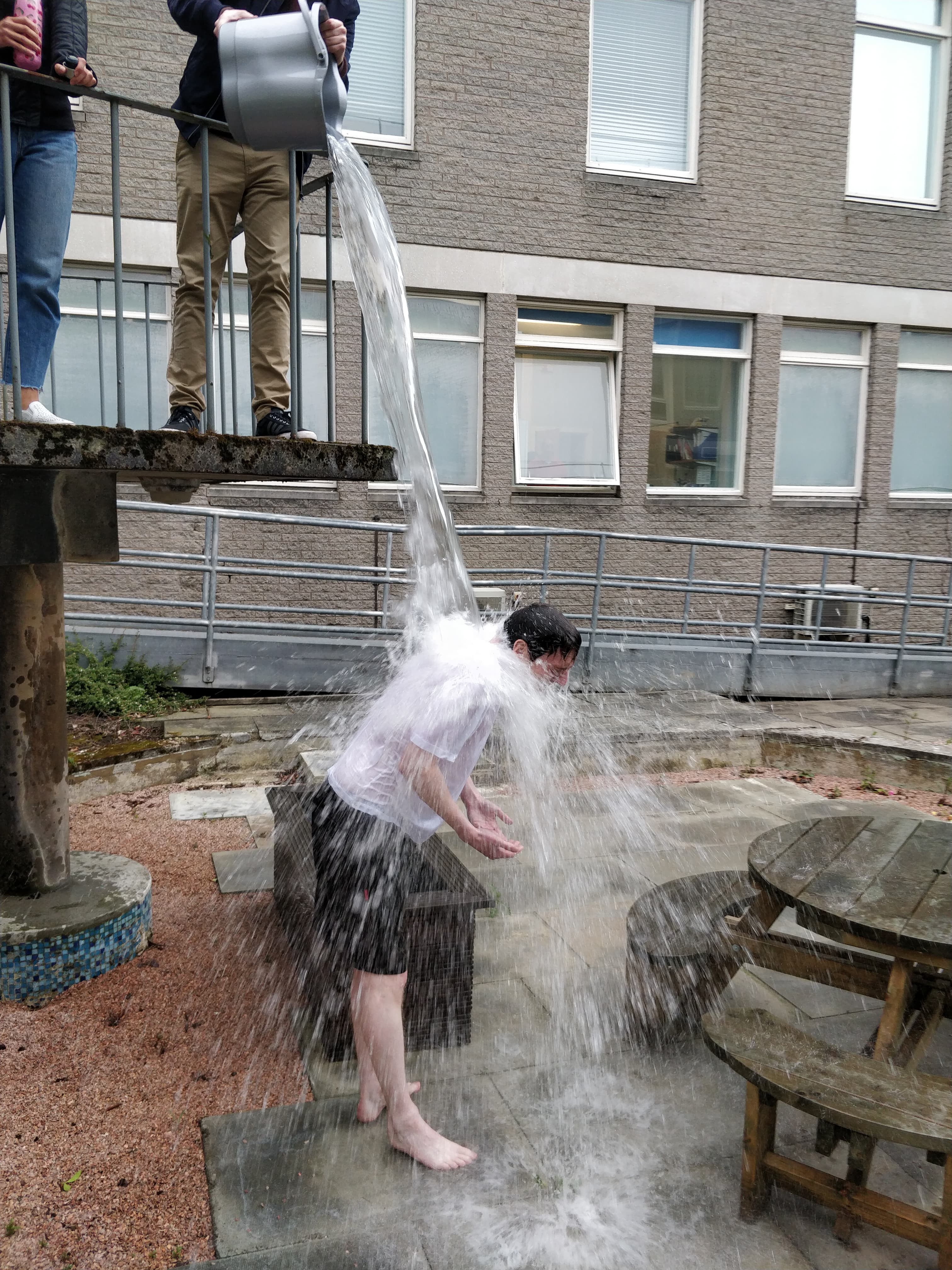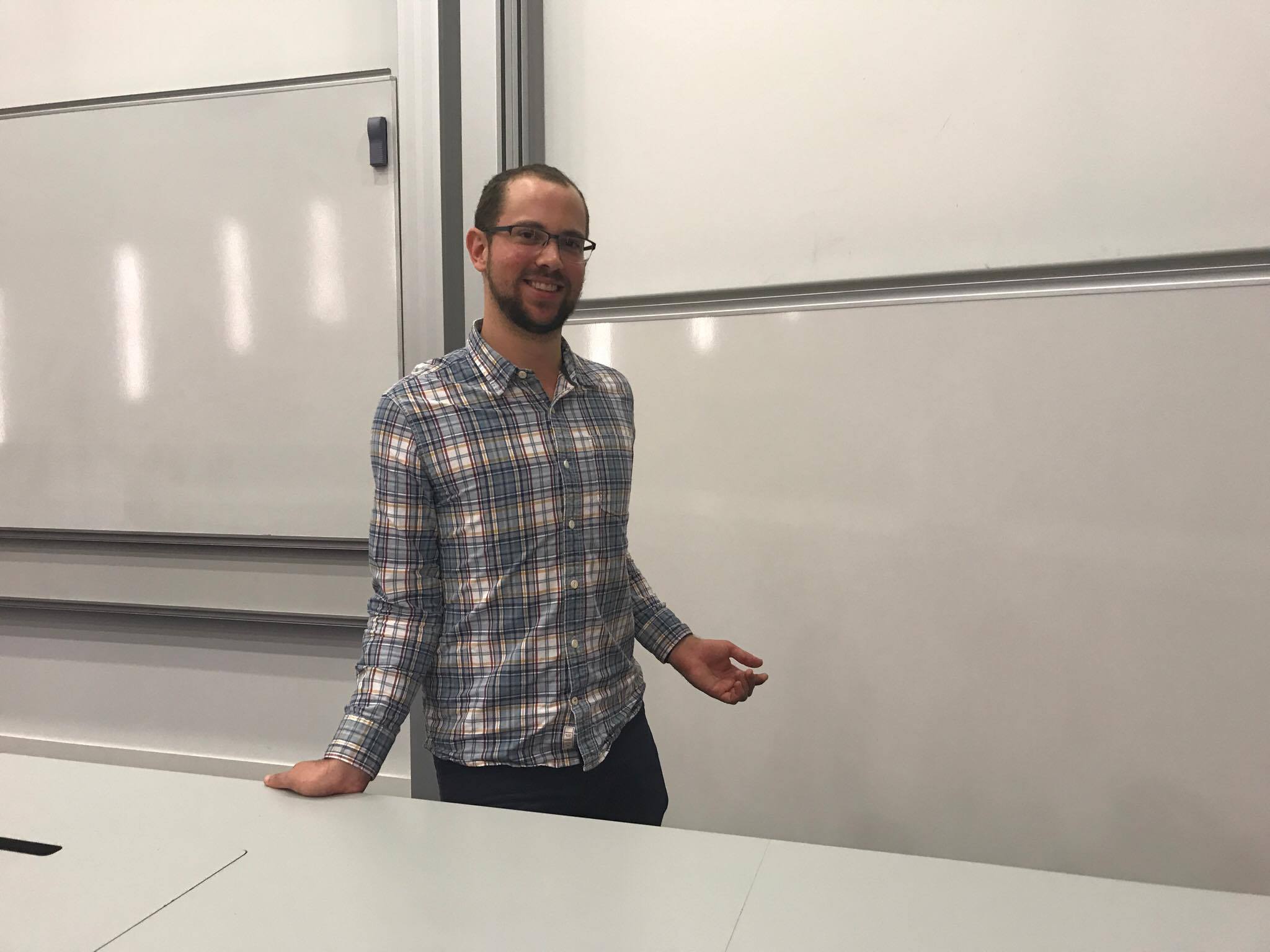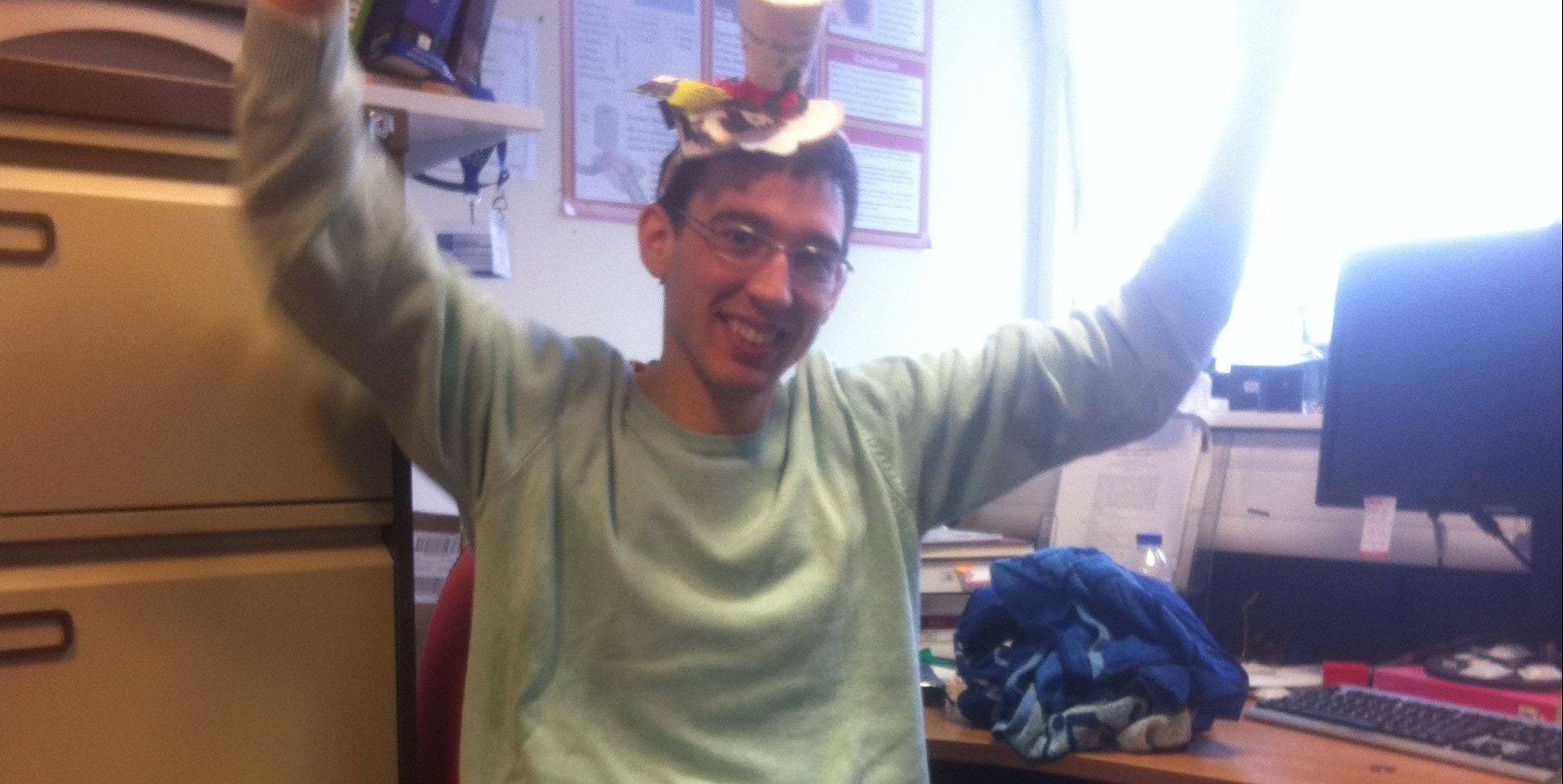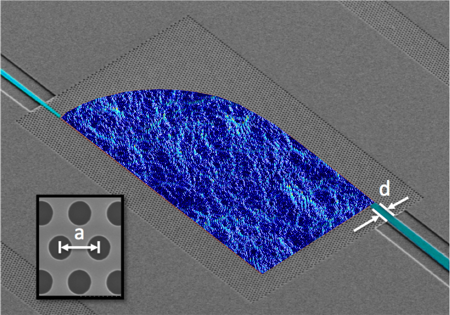Three new Doctors! Congratulation to James, Adam and Xin
In a remarkable display of timing, James Burch, Adam Fleming, and Xin Li have all passed their PhD Vivas within one week of each other! As is tradition, all three were soaked at the location of the now paved over Physics and Astronomy Pond. We wish all three the very best in their future careers, which include Patent Law, Systems Engineering, and Mobile Technology Design and Fabrication. James Burch, for a thesis entitled: Flexible Holographic Metasurfaces Adam Fleming, for a thesis entitled: Linear and Nonlinear Optical Properties of Silica Aerogel Xin Li, for a thesis entitled: Epsilon-Near-Zero Metamaterials for Optoelectronic Applications



